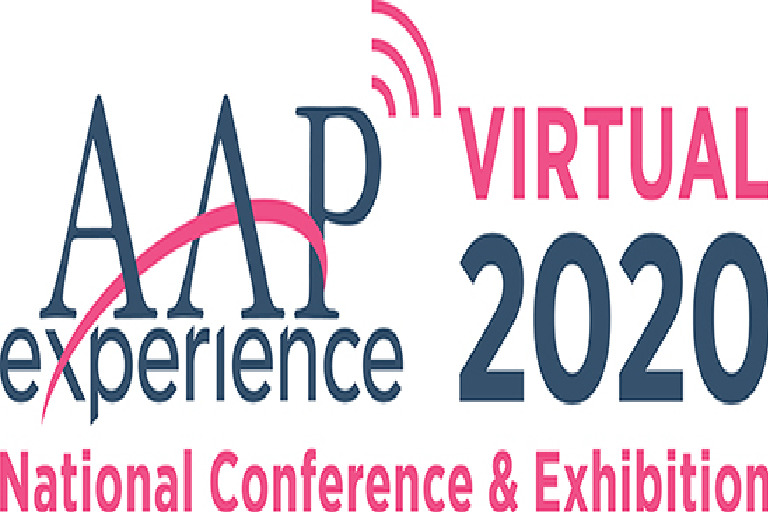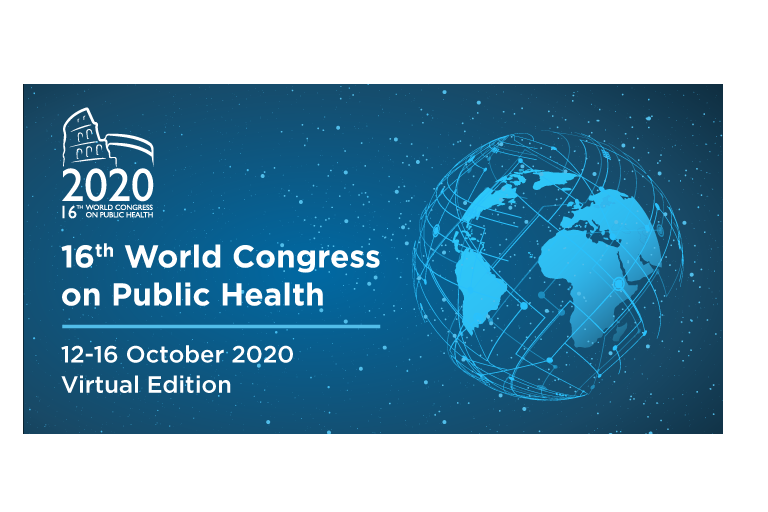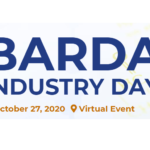Reporting of Category B medication errors is a standard measured by the Joint Commission. These medication errors are commonly referred to as “good catches” or “near misses,” and are routinely caught by pharmacists during the order verification process. To improve compliance with this standard, a “Good-Catch Medication Error Reporting Program” was implemented in the pharmacy department at Hospital Sisters Health System (HSHS) St. Elizabeth’s Hospital, a 303-bed community-based teaching institution in Belleville, Ill.
Prior to implementation of the Good-Catch program, all medication error reporting was done through a third-party Web-based solution, Peminic (www.verge-solutions.com). The greatest barriers to using the reporting system were the amount of time required to enter each event (averaging 10 minutes per error), the number of clicks and screens to navigate and the inability to save work to be completed at a later time. Another barrier was that the tool was also outside of the regular pharmacist workflow, forcing pharmacists to leave their order processing screens within the electronic medical record (EMR).
To overcome limitations of reporting Category B medication errors, the Good-Catch program focused on eliminating steps in the documentation process to allow for expedited reporting without interrupting the pharmacist workflow. The program was implemented in August 2014, and consisted of the creation of a good-catch entry routine within the pharmacist order processing screens. The new entry process for reporting Category B errors had fewer clicks, and on average needed two minutes to enter each event. The program resulted in an 891% increase in error reporting over a six-month period. This program also allowed Microsoft SQL queries to be written to generate reports in Microsoft Excel. With these Microsoft tools, a scorecard was created in Microsoft Excel for the medication safety pharmacist to conduct data analytics.
Bottleneck in Workflow
With the increase in error reporting from an average of 11 events per month to 109 per month after implementation of the Good-Catch program, unanticipated downstream effects led to additional workload for the medication safety pharmacist. That team member was tasked with entering events documented from the program into the third-party tool for Risk Management and Administration to review and for Joint Commission reporting purposes. In addition to entering events, the medication safety pharmacist was still responsible for following up on medication errors. With this drastic increase in workload, the medication safety pharmacist had significantly less time to perform data analytics with medication error reports. The new program also resulted in events being entered in batches instead of real-time. Batch-documented events affected non-pharmacy departments, which led to delays in medication error documentation completion. To alleviate these bottlenecks in the process, it was clear that a method was needed to automate the data to flow from the EMR directly into the reporting system.

























